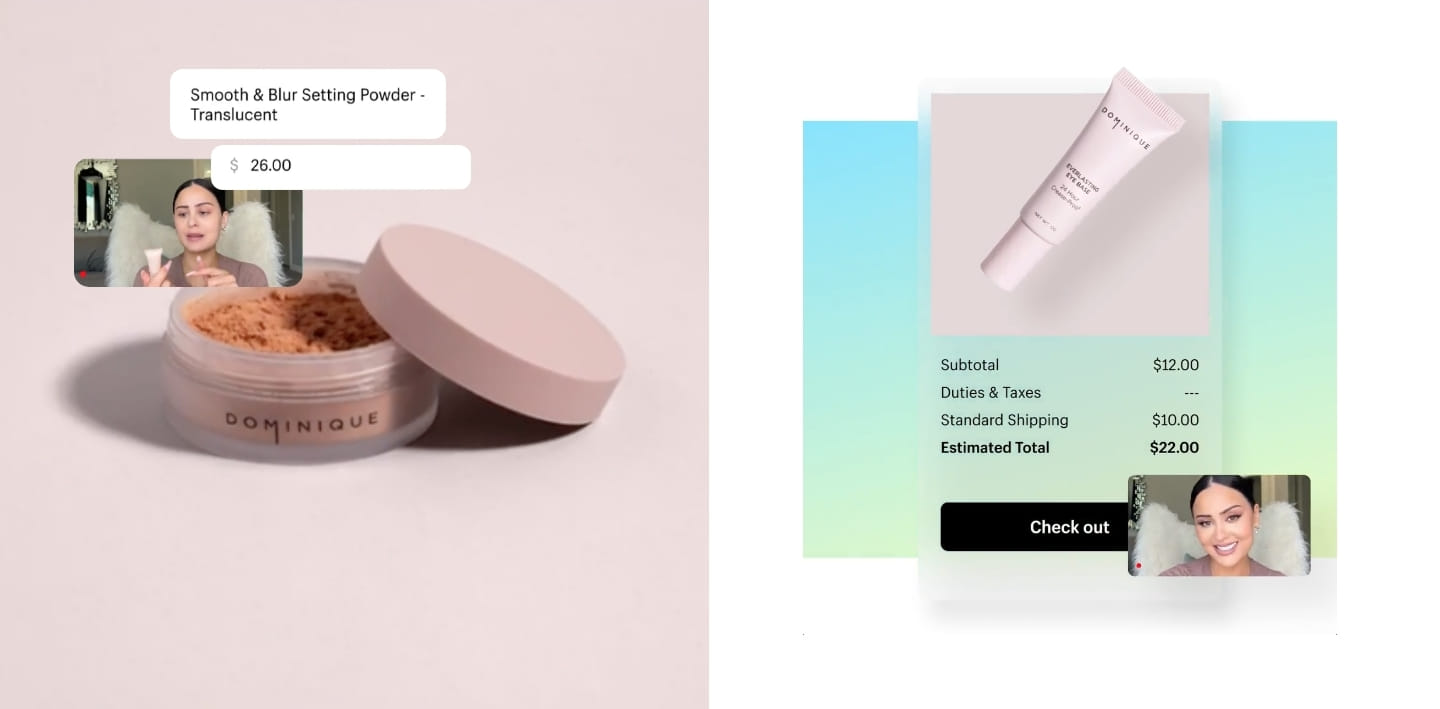Black Friday Cyber Monday 2022 (“BFCM” is around the corner, and businesses are working diligently to find ways to optimize their online store performance. The 2022 BFCM season has stiff competition compared to last year’s record-breaking $6.3 billion global sales.
Customer loyalty and retention are more important than ever, with declining consumer spending driven by inflation rates and ongoing supply chain shortages. As a result, Shopify merchants around the globe are turning to loyalty programs to prepare for this year’s holiday season.
What are loyalty programs?
Customer loyalty programs are a popular retention strategy that rewards customers for repeatedly interacting with a brand. Loyalty programs encourage customers to continue buying from your store and build brand loyalty and trust between brands and their consumers.
What are the most common types of loyalty programs?
Points-based loyalty programs:
- These are the most common type of reward programs. Points-based loyalty programs award customers with points they can redeem for free products, cashback, special discounts, and other perks. Customers may earn points from making purchases, sharing on social media channels, leaving product reviews, having a birthday, or taking other desired actions on the brand’s website.
- Example: Princess Polly displays a variety of desired behaviors customers can take and the corresponding points they will redeem for each action.
Tiered loyalty programs:
- Tiered loyalty programs are goal-based programs that benefit customers based on their ranking. Brands will often rank their tiers based on certain thresholds of sales, or engagement driven behaviors. The higher the tier, the better the rewards!
- Example: Summer Fridays’ Self-Care Club displays various tiers and benefits customers will receive after they have spent a certain amount of money within the calendar year.
Paid loyalty programs:
- These programs, otherwise known as fee-based loyalty programs, grant customers instant access to benefits for a participation fee. While businesses may not be inclined to ask for upfront fees from customers, it’s been shown that consumers are 62% more likely to spend money on a brand after joining a paid loyalty program.
- Example: The most common example of a paid loyalty program is (Amazon prime)[https://www.amazon.com/amazonprime]. By signing up for the Prime program, consumers get instant access to free 2-day shipping and other Prime exclusive offers.
Value-based loyalty programs:
- These programs exist for businesses that hope to connect with their consumers on a mission-based level. Value-based programs don’t give rewards back to consumers; instead, the brand donates a percentage of sales to charities or other programs on behalf of its customer’s purchases.
- Example: Elaluz launched an initiative where a percentage of every purchase will go to One Tree Planted to help support the reforestation of critical green spaces in Camila’s home country of Brazil.
How to get started
A loyalty program should be an essential part of your ecommerce strategy if you’re hoping to encourage direct ecommerce sales, compete with competitors, and build brand loyalty with customers.
While many businesses stack and combine different loyalty programs for a more comprehensive rewards program, the best place to start is with one straightforward rewards program that works best for your business. Explore integrating Shopify apps like Yotpo, Loyalty Lion, and Okendo to get your online store set for success.
Need help getting started on a loyalty program for your Shopify Plus store? Get in touch with PIVOT today.




